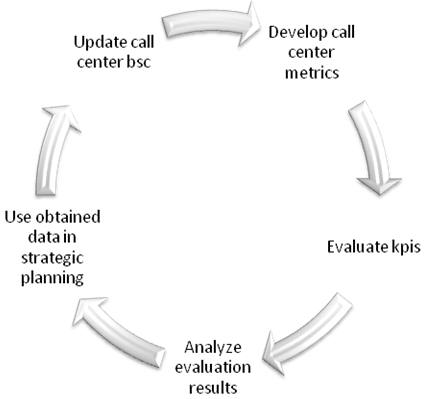If you are concerned with effective performance and profitability of your call center, then you should try to understand the needs and requirements of your clients. However, this task is not as easy is it may seem. This is because it seems hard to define what problems exactly prevent your customers from getting the most out of your services and what changes could change the functionality of your organization for the better. That is why it is simply impossible to imagine a credible call center without well-established metrics. The truth is that they can affect your call center productivity in many ways and it is up to you to make this organization as profitable and effective as you wish.
When we try to consider the most important and effectual call center metrics, we should initially focus upon the following aspects: service level, forecasting accuracy and adherence to a certain schedule. Let us have a closer look at these metrics to understand their essence better. Service level, which is also referred to as general response time, is considered one of the most standard metrics established in such organizations. If you do not manage to put it in place and make proper measurements, then you will fail to define how accessible the call center proves to be to your clients. Meanwhile, this items is of great importance, because the better the accessibility of your services is – the higher the rate of customer satisfaction will become. Furthermore, this metric can help find out the approximate number of agents needed to provide effective servicing. This will result in proper compatibility of your organization. Service level and response time matter a lot for managers, who consider it important to identify the connection between the availability of their resources and the ability to reach the goals they have initially set.
Another popular metric is schedule adherence, which helps detect the overall amount of time a call center agent needs to handle the calls during one shift. An ideal rate is 90% here, which implies that an agent should manage to handle inbound calls 54 minutes per one hour. This includes the “after-call work” as well.
Forecasting accuracy is one more powerful metric that implies the correlation between the approximate number of forecasted inbound calls and their final quantity. This indicator should not be overlooked. Otherwise, it will be not easy to define the amount of employees required both to keep the customers satisfied and ensure adequate financial expenditures.

